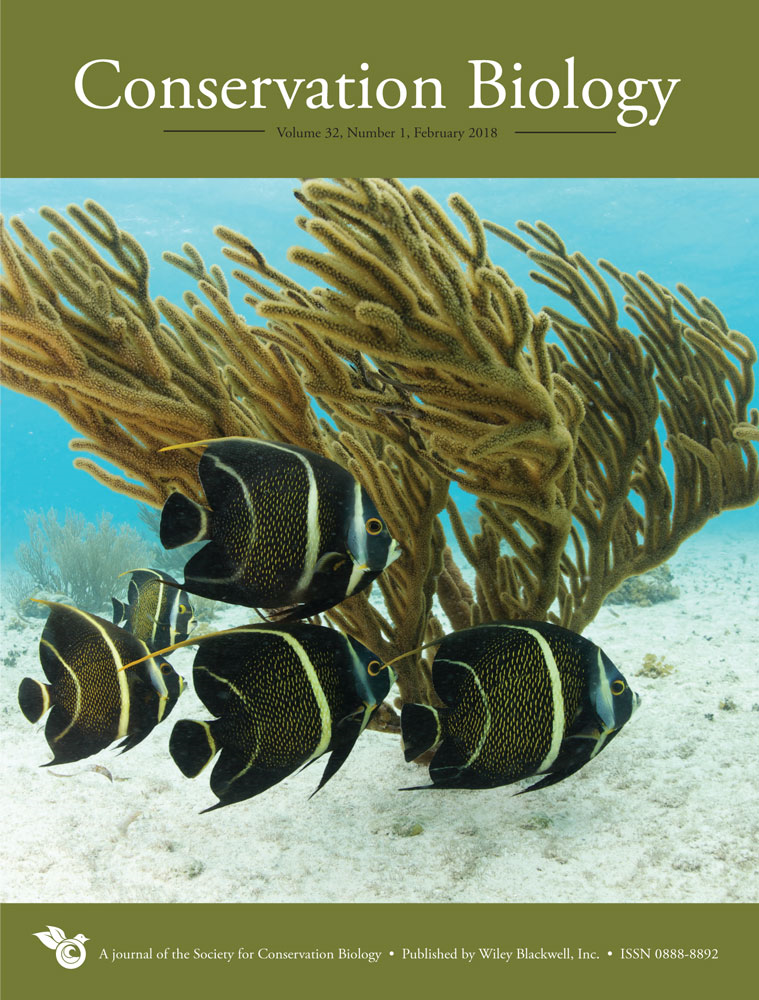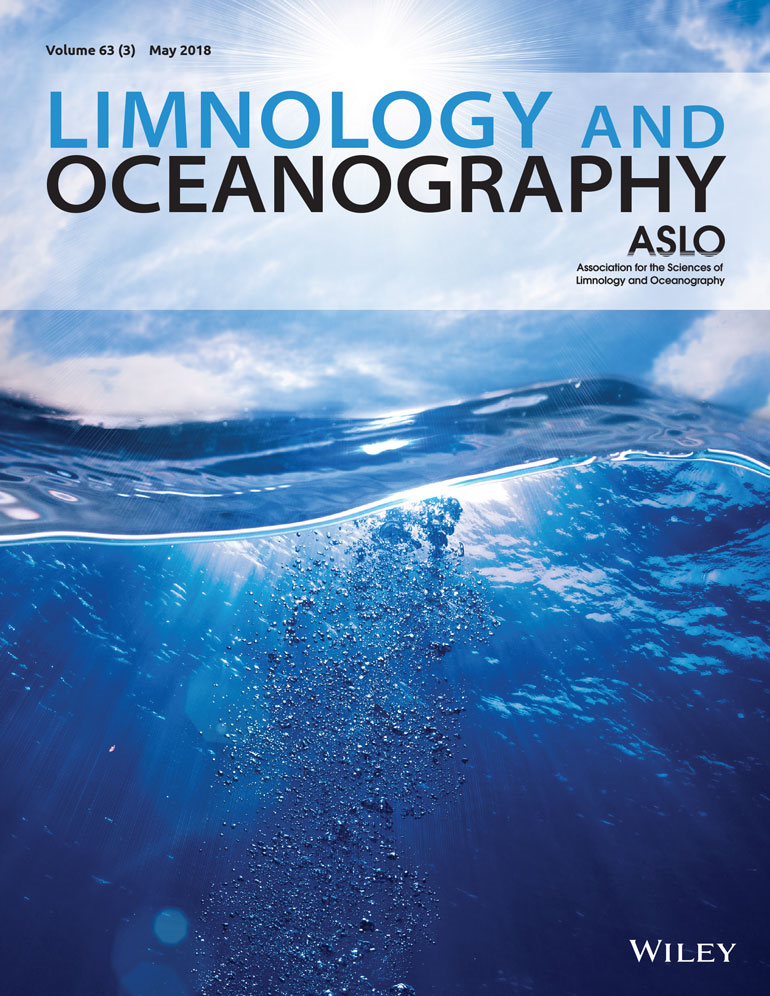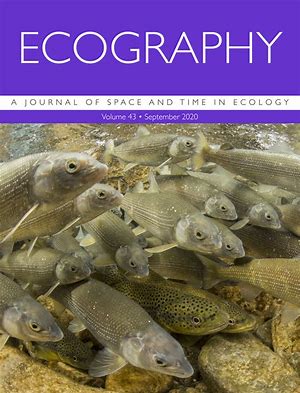Please find all scientific publications of IGB under > scientific publications
For more detailed information please refer to our > library catalogue
21 - 30 of 115 items
- Topic:Biodiversity
February 2025
Conservation Biology. - 34(2025), 1559–1574
Amphibian conservation in Europe: the importance of pond condition
A. López‑de Sancha; D. Boix; L. Benejam; L. Briggs; T. A. Davidson; J. C. Fahy; V. Frutos‑Aragón; H. M. Greaves; P. Lemmens; T. Mehner; L. Martín; B. Oertli; C. Sayer; S. Brucet
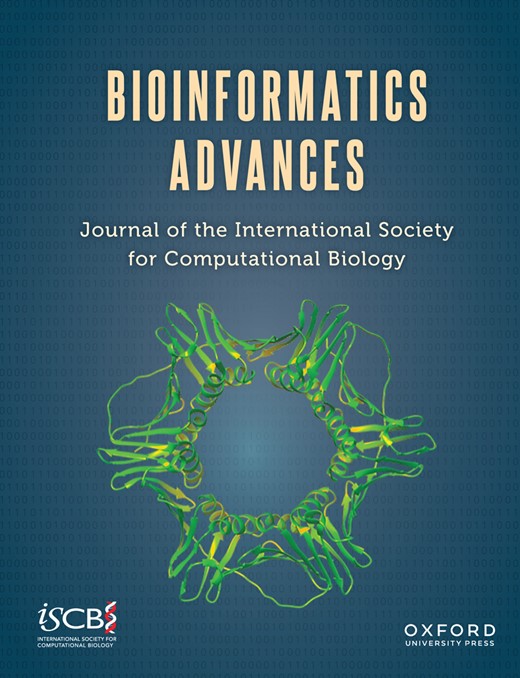
February 2025
Bioinformatics Advances. - 5(2025)1, Art. vbaf024
FAIRification of the DMRichR Pipeline: Advancing Epigenetic Research on Environmental and Evolutionary Model Organisms
Wassim Salam; Marcin W Wojewodzic; Dagmar Frisch
January 2025
Limnology and Oceanography. - 70(2025)3, 732-748
Ontogenetic shifts by juvenile fishes highlight the need for habitat heterogeneity and connectivity in river restoration
Twan Stoffers; Anthonie D. Buijse; Jan Jaap Poos; Johan A. J. Verreth; Leopold A. J. Nagelkerke
The authors analysed the habitat use of larval and juvenile fishes in the lower river Rhine. More than 60 per cent of the fish species switched between five different habitat types during their development, which should be available both in the river and connected floodplains. However, human intervention has drastically altered and homogenised the European river landscapes.
January 2025
Ecography. - 2025(2025)5, Art. e07347
Drivers of amphibian species richness in European ponds
Alejandro López-de Sancha; Lluís Benejam; Dani Boix; Lars Briggs; Maria Cuenca-Cambronero; Thomas A. Davidson; Luc De Meester; Julie C. Fahy; Pieter Lemmens; Beatriz Martin; Thomas Mehner; Beat Oertli; Marzenna Rasmussen; Helen M. Greaves; Carl Sayer; Meryem Beklioğlu; Rein Brys; Sandra Brucet

January 2025
Ecology and Evolution. - 15(2024)1, Art. e70787
Divorce Rates Better Predict Population-Level Reproductive Success in Little Penguins Than Foraging Behaviour or Environmental Factors
Matthew D. Simpson; Ashton L. Dickerson; Andre Chiaradia; Lloyd Davis; Richard D. Reina
January 2025
Nature. - 638(2025), 138–145
One-quarter of freshwater fauna threatened with extinction
Catherine A. Sayer, Eresha Fernando, Randall R. Jimenez, Nicholas B. W. Macfarlane, Giovanni Rapacciuolo, Monika Böhm, Thomas M. Brooks, Topiltzin Contreras-MacBeath, Neil A. Cox, Ian Harrison, Michael Hoffmann, Richard Jenkins, Kevin G. Smith, Jean-Christophe Vié, John C. Abbott, David J. Allen, Gerald R. Allen, Violeta Barrios, Jean-Pierre Boudot, Savrina F. Carrizo, Patricia Charvet, Viola Clausnitzer, Leonardo Congiu, Keith A. Crandall, Neil Cumberlidge, Annabelle Cuttelod, James Dalton, Adam G. Daniels, Sammy De Grave, Geert De Knijf, Klaas-Douwe B. Dijkstra, Rory A. Dow, Jörg Freyhof, Nieves García, Joern Gessner, Abebe Getahun, Claudine Gibson, Matthew J. Gollock, Michael I. Grant, Alice E. R. Groom, Michael P. Hammer, Geoffrey A. Hammerson, Craig Hilton-Taylor, Laurel Hodgkinson, Robert A. Holland, Rima W. Jabado, Diego Juffe Bignoli, Vincent J. Kalkman, Bakhtiyor K. Karimov, Jens Kipping, Maurice Kottelat, Philippe A. Lalèyè, Helen K. Larson, Mark Lintermans, Federico Lozano, Arne Ludwig, Timothy J. Lyons, Laura Máiz-Tomé, Sanjay Molur, Heok Hee Ng, Catherine Numa, Amy F. Palmer-Newton, Charlotte Pike, Helen E. Pippard, Carla N. M. Polaz, Caroline M. Pollock, Rajeev Raghavan, Peter S. Rand, Tsilavina Ravelomanana, Roberto E. Reis, Cassandra L. Rigby, Janet A. Scott, Paul H. Skelton, Matthew R. Sloat, Jos Snoeks, Melanie L. J. Stiassny, Heok Hui Tan, Yoshinori Taniguchi, Eva B. Thorstad, Marcelo F. Tognelli, Armi G. Torres, Yan Torres, Denis Tweddle, Katsutoshi Watanabe, James R. S. Westrip, Emma G. E. Wright, E Zhang & William R. T. Darwall
The largest global assessment of freshwater animals on the IUCN Red List of Threatened Species to date has revealed that 24 per cent of the world’s freshwater fish, dragonfly, damselfly, crab, crayfish and shrimp species are at high risk of extinction.
January 2025
Science of The Total Environment. - 959(2025), Art. 178180
Evaluating the readiness for river barrier removal: A scoping review under the EU nature restoration law
Mayra E. Darre; Petros Constantinides; Sami Domisch; Mathieu Floury; Virgilio Hermoso; Michael Ørsted; Simone D. Langhans
January 2025
Scientific Data. - 11(2024)1, Art. 601
Time series of freshwater macroinvertebrate abundances and site characteristics of European streams and rivers
Ellen A. R. Welti; Diana E. Bowler; James S. Sinclair; Florian Altermatt; Mario Álvarez-Cabria; Giuseppe Amatulli; David G. Angeler; Gaït Archambaud; Iñaki Arrate Jorrín; Thomas Aspin; Iker Azpiroz; Nathan Jay Baker; Iñaki Bañares; José Barquín Ortiz; Christian L. Bodin; Luca Bonacina; Núria Bonada; Roberta Bottarin; Miguel Cañedo-Argüelles; Zoltán Csabai; Thibault Datry; Elvira de Eyto; Alain Dohet; Sami Domisch; Gerald Dörflinger; Emma Drohan; Knut A. Eikland; Judy England; Tor E. Eriksen; Vesela Evtimova; Maria J. Feio; Martial Ferréol; Mathieu Floury; Maxence Forcellini; Marie Anne Eurie Forio; Riccardo Fornaroli; Nikolai Friberg; Jean-François Fruget; Jaime R. Garcia Marquez; Galia Georgieva; Peter Goethals; Manuel A. S. Graça; Andy House; Kaisa-Leena Huttunen; Thomas Correll Jensen; Richard K. Johnson; J. Iwan Jones; Jens Kiesel; Aitor Larrañaga; Patrick Leitner; Lionel L’Hoste; Marie-Hélène Lizée; Armin W. Lorenz; Anthony Maire; Jesús Alberto Manzanos Arnaiz; Brendan Mckie; Andrés Millán; Timo Muotka; John F. Murphy; Davis Ozolins; Riku Paavola; Petr Paril; Francisco Jesús Peñas Silva; Marek Polasek; Jes Rasmussen; Manu Rubio; David Sánchez Fernández; Leonard Sandin; Ralf B. Schäfer; Astrid Schmidt-Kloiber; Alberto Scotti; Longzhu Q. Shen; Agnija Skuja; Stefan Stoll; Michal Straka; Rachel Stubbington; Henn Timm; Violeta G. Tyufekchieva; Iakovos Tziortzis; Yordan Uzunov; Gea H. van der Lee; Rudy Vannevel; Emilia Varadinova; Gábor Várbíró; Gaute Velle; Piet F. M. Verdonschot; Ralf C. M. Verdonschot; Yanka Vidinova; Peter Wiberg-Larsen; Peter Haase

December 2024
Applied and Environmental Microbiology. - 91(2025)1, 1-17
Assessing environmental gradients in relation to dark CO2 fixation in estuarine wetland microbiomes
Luise Grüterich; Jason Nicholas Woodhouse; Peter Mueller; Amos Tiemann; Hans-Joachim Ruschewey; Hans-Peter Grossart; Wolfgang R. Streit
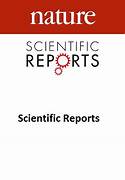
December 2024
Scientific Reports. - 14(2024)1, Art. 31701
Globisporangium tabrizense sp. nov., Globisporangium mahabadense sp. nov., and Pythium bostanabadense sp. nov. (Oomycota), three new species from Iranian aquatic environments
Reza Ahadi; Ali Chenari Bouket; Alireza Alizadeh; Hossein Masigol; Hans-Peter Grossart


